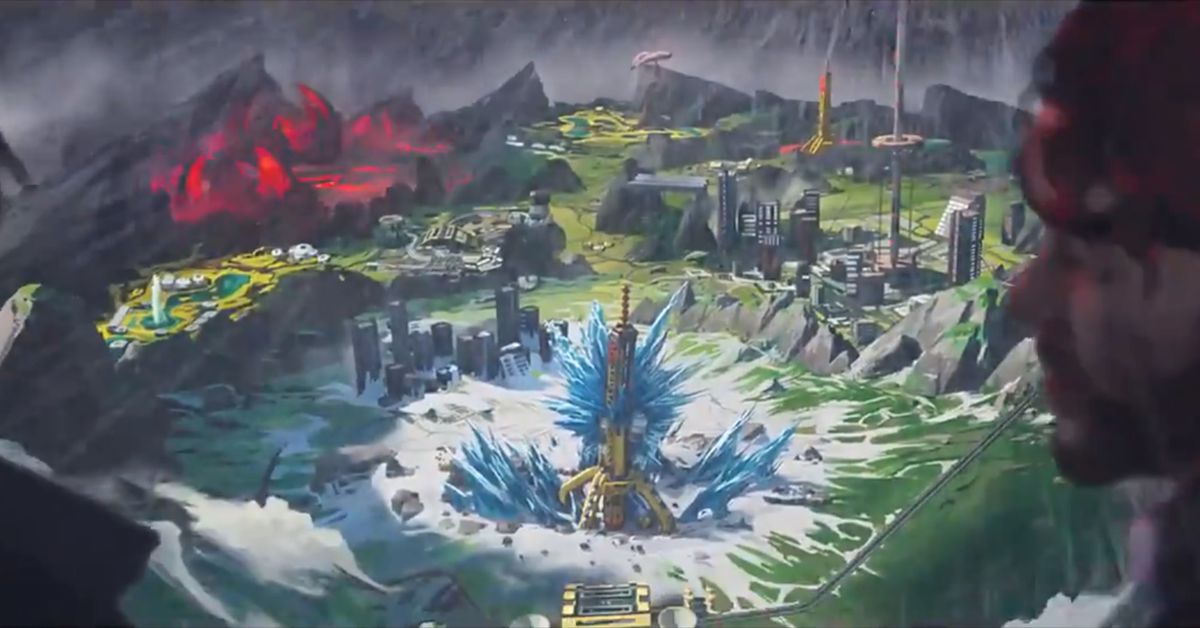

#Two worlds 2 reviews how to#
While not as flexible as Morrowind's spell creation, it allows for a lot of experimentation, and lets you decide how to spec your spell list, unlike some RPGs, which saddle you with dozens of fixed spells that grow obsolete over time or are simply useless.Two Worlds II Castle Defense Review Less RPG, more strategy this is what Reality Pump Studios brought us this time, it isn’t the sequel or a sequel to the Two Worlds franchise as we know it, just a game added on to the universe that seems to play off while events in the main game occur. By using magical cards with different properties, it's possible to summon various creatures, apply buffs, throw around elemental bolts, and just about anything else you'd expect from an RPG, but with the added flexibility of being able to choose how you use those base components to your advantage. Last, and most interesting (especially for Elder Scrolls fans), Two Worlds II has a pretty interesting and original magic system which revolves entirely around creating your own spells. There's some satisfying character progression on tap, although like a lot of other titles, Two Worlds II does have a strong inverse difficulty curve. Leveling up is pretty quick early on, but late in the game you'll be getting most of your experience points from quests. The game also has just the right number of attributes - Strength, Willpower, Endurance and Accuracy - and pretty much every single skill you can pick up is useful, from various crafting skills, to pickpocketing and assassination, to elemental arrows. This means that it's possible to make pretty much any character you like, at least within the confines of what the game offers, and it encourages mixing and matching rather than sticking to one specific role. For starters, it features a fully open, classless character system. Fortunately, Two Worlds II has some surprisingly robust and enjoyable mechanics that flesh out its RPG feature set. This means that, rather than strike out on your own in search of adventure, you'll need to rigidly follow the quests provided. Almost every cave or dungeon to explore is locked until its associated quest is provided, and thanks to map markers, you'll rarely be lost on where to go or how to get there. However, Two Worlds II doesn't really reward exploration. Open-world games revolve around sandbox-type gameplay, exploration and a player-driven sort of experience. Unfortunately, the story highlights one of Two Worlds II's biggest internal contradictions: that while it's billed as an open-ended game with freedom to explore, the reality is that the game is actually quite linear. At times, it breaks the fourth wall, but this is also when the game is at its most enjoyable. The entertaining parts of the game come in the smaller moments, and much of the game's satirical bent comes out in these moments, ranging from simple tasks like saving a saleswoman's clients from killer umbrellas, to a full-on parody of Indiana Jones & the Last Crusade's final sequence (complete with arbitrary Monty Python references). Two Worlds II's story is more a framing device for its huge selection of quests and content. At its heart, Two Worlds II is an enjoyable open-world RPG that has several good ideas and entertaining sequences whether it's worth putting up with the game's many shortcomings and frustrations, however, will come down to personal preference more than anything else. On the other hand, the lack of polish becomes evident immediately and never lets up throughout the entire game. On the one hand, it has some of the best visuals I've seen in an open world RPG, it has a fantastic soundtrack, it's mechanically quite sound, and when the game tries for it, there are some surprisingly involving sub-plots and quests. Two Worlds II is, in some respects, literally a game of two worlds.


 0 kommentar(er)
0 kommentar(er)
